All about fertilizers for potatoes
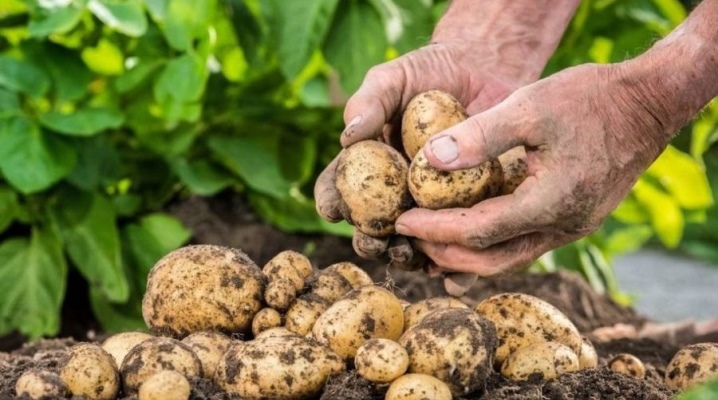
Potatoes are fertilized to obtain a consistently good harvest and increase its shelf life. During the growing season, the soil loses a large amount of valuable nutrients, which must be replenished so that the next year the potato yield is high. Top dressing is also done in the process of growing potatoes, but you should start making the soil fertile in the fall after harvesting.
Why do we need it?
The allotted area of soil for growing potatoes needs to be fertilized essential nutrients: nitrogen, potassium and phosphorus... The root system of this culture quickly absorbs the named elements from the soil, therefore, in 1 season, the land plot is very depleted.
Experienced gardeners it is recommended to pay attention to the type of soil when choosing a place for potatoes. If it is light (for example, sandy), it means that it is not suitable for a good harvest of potatoes in this form, since it contains few useful nutrients. Valuable mineral and organic components from such soil can evaporate, weather or form forms that are not assimilated by the potato crop.
It would be preferable to choose a land with a dense structure - it is more fertile.
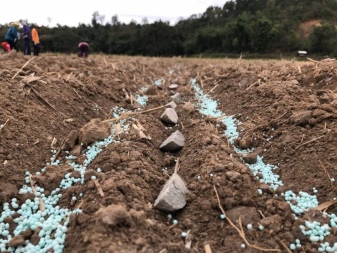
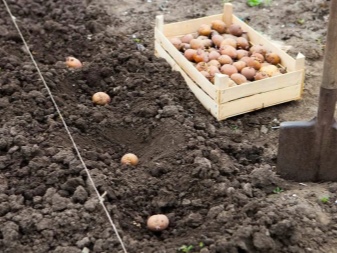
Since it is not always possible to plant potatoes on full-fledged fertile soils, regular feeding will help improve the situation. You should know that 1 kg of tuberous formations absorbs from the soil about 2 g of phosphorus components, more than 10 g of potassium and about 5 g of nitrogen. Besides, to increase productivity, the soil should also contain trace elements: boron, zinc, manganese, copper, sulfur, iron, cobalt. These substances have an effect on the growth of tubers, increase the plant's protection against temperature extremes, resistance to garden pests and strengthen the immune system.

Fertilizers
Means used for fertilizing potatoes are divided into organic and mineral, but there are also combined organomineral fertilizers (WMF). The best ratio of the balance of nutrients and their high digestibility by the plant is possessed by organic fertilizers that exist in their natural form - bird droppings, manure, compost, humus, sapropel... Don't underestimate and mineral complexes.
Granular fertilizer, buried in the soil or diluted to prepare working solutions, gives tangible results if the composition is balanced and suitable for potatoes.
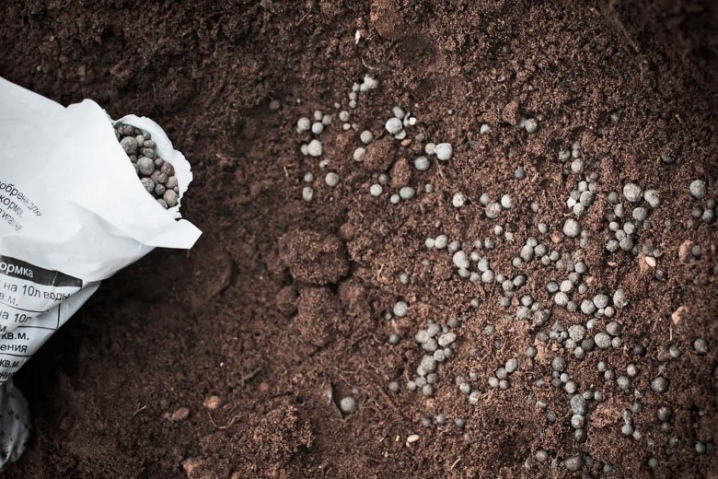
Let's consider the types of fertilizers in more detail.
Mineral complexes
Here the choice is varied, but for growing potatoes, compositions containing azophosphoric and nitroammophosphoric elements... Concerning superphosphate fertilizer, then it is used after harvesting during the autumn digging of soil. For potatoes, you can also choose preparations that include humic acids that increase the fertility of the soil substrate.
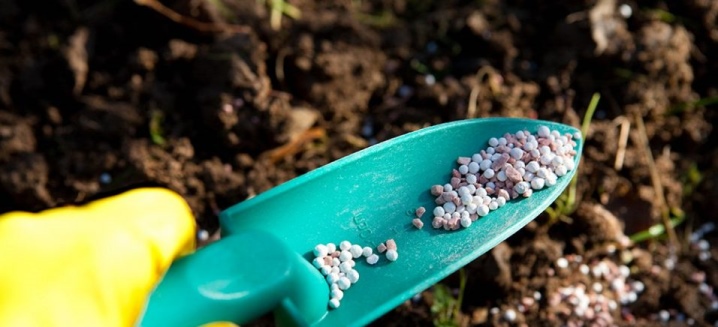
When using mineral fertilizers, take into account the content in them nitrogenous components. If there is a lot of nitrogen, the green mass (tops) begins to actively grow in the potato, but the tubers develop poorly.
Potassium is an important element for potatoes. It gives growth to both tops and tubers. If the plant is deficient in potassium, the tubers become small and the tops grow squat.The plant does not develop well not only the aerial part, but also the root system.
In this case, the harvested crop cannot be saved, since it quickly begins to rot.

Organic matter
Plants react well to feeding with organic fertilizers and quickly assimilate them. Suitable for potatoes bird droppings diluted with water (ratio 1:15). A more concentrated solution cannot be used to avoid damage to the root system - it can simply "burn out".
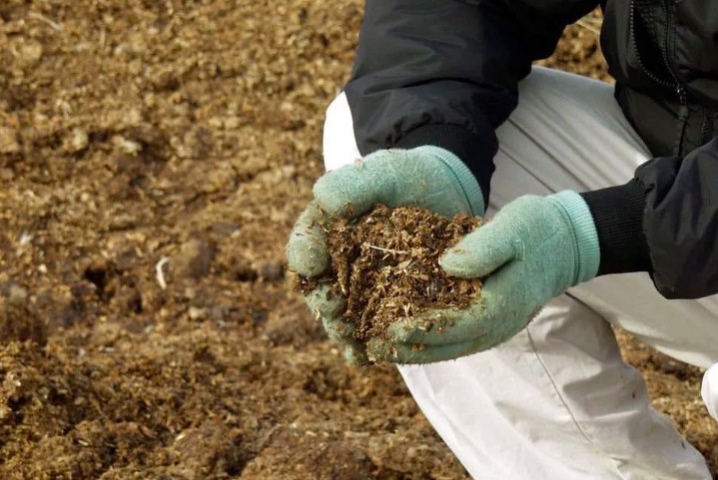
You can fill the lack of potassium with the help of wood ashobtained by burning hardwood. In addition, to increase soil fertility will help compost consisting of plant residues that have rotted over the winter.
Compost loosens the soil and fills it with nutrients.
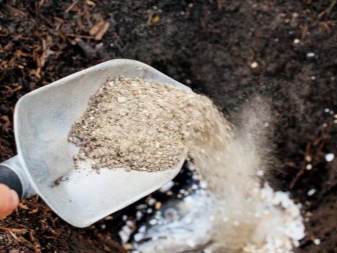
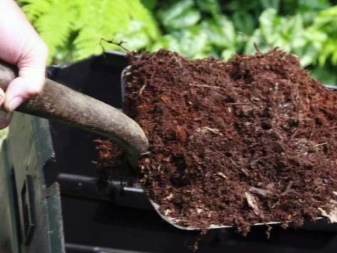
Another useful component for feeding is humus... When biological substances decompose, carbon dioxide is released, which contributes to the rapid growth of the tubers of the potato bush.
Organics are used and for the autumn digging of a potato field after harvest. For this purpose, rotted cow or horse manure.
Manure is first scattered over the soil surface, and then buried in the process of digging.

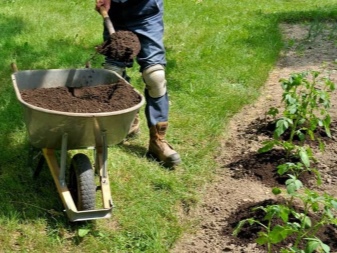
Manufacturers
If it is not possible to engage in organic feeding, then you can use complex mineral fertilizers... Now on sale there is a large selection of such tools that are easy to use, guided by the instructions. Manufacturers produce formulations adapted specifically for potatoes. And also it can be universal preparations that are suitable for root plants. We list the manufacturers of some complex minerals with the name of the product.
- The Gera group of companies produces fertilizer "Potato"which is versatile. Suitable just for root vegetable garden crops, including potatoes. It is used for dressing from the moment of planting and throughout the growing season. The tool is effective and inexpensive. In addition, the company is a manufacturer of specialized preparations that are suitable for all horticultural plants and many flowers.
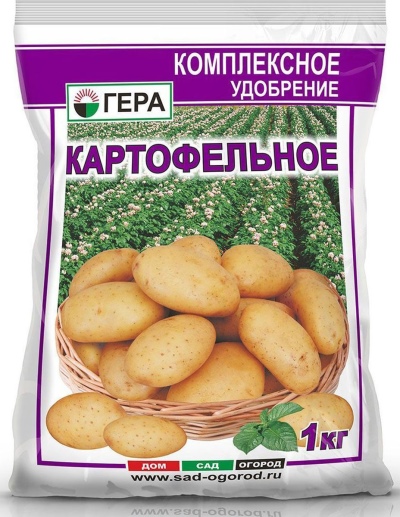
- Petersburg agrochemical company "Fart" produces organic-mineral complex fertilizer "Giant". It is based on a peat substrate and contains humic acids. The drug is convenient in that it has a prolonged period of activity, therefore, fertilizing can be applied a little less often than other fertilizers. The drug "Giant" is safe for humans in the process of use, it is produced in granular form. To nourish the soil, granules are introduced when planting plants, and they are re-added when digging the beds after harvest, when the soil is prepared for winter.
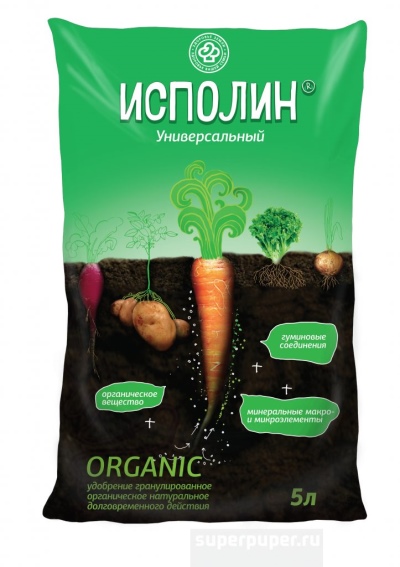
- The Buisk chemical plant in the Kostroma region produces products for feeding potatoes in the form of organic fertilizers. The composition of the product includes not only valuable humic acids, but also trace elements necessary for the growth and development of potatoes. The drug is produced in granular form, packing can be both in bags weighing 1 kg, and in bags of 10 kg. The granules are mixed with the soil and then watered.
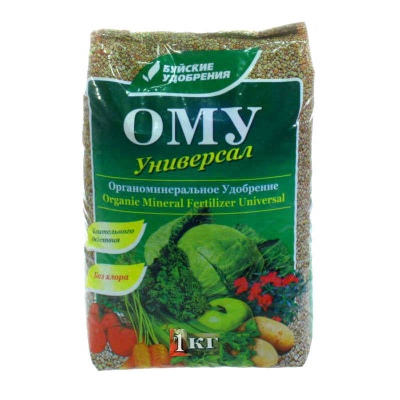
- Kirovo-Chepetsk Agrochemical Enterprise produces fertilizer under the name Joy intended for complex feeding of potatoes. This tool belongs to the middle price category, it is produced in granular form for mixing with soil. Fertilizer improves the growth of the potato bush and its tubers. In addition, the drug increases the plant's immunity to diseases and the effects of garden pests. Many buyers are enthusiastic about this brand and the quality of fertilizers.
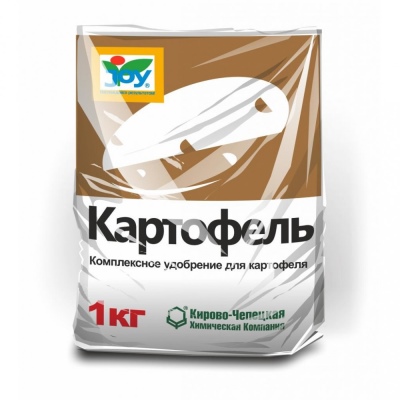
- The Novosibirsk company "BioMaster" offers a substance called "Potato formula", which is a versatile mixture of organic and mineral components. The product is saturated with nitrogen, and some special additives protect it from the wireworm, which is an earth pest that feeds on potato tubers.
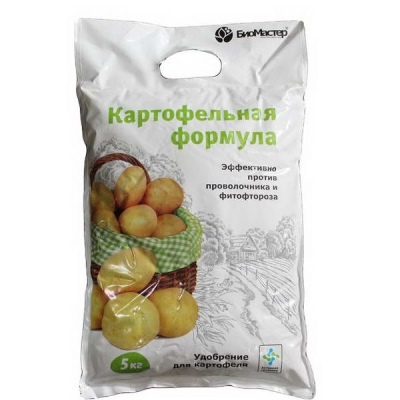
The fertilizer market provides gardeners with a wide range of products to increase potato yields. The cost of funds varies, so the buyer should pay attention to the composition of the drug. Agrotechnologists recommend purchasing those fertilizers that are suitable for feeding potatoes during the warm season. If the soil on which it grows is rather poor, then, in addition to the obligatory use of organic matter, minerals are also needed to improve the soil.
But you shouldn't get too carried away with mineral fertilizers - azophos or ammophos, since they negatively affect not only the structure of the soil, but also the quality of tubers - they become watery when the norms of minerals in the soil are exceeded.
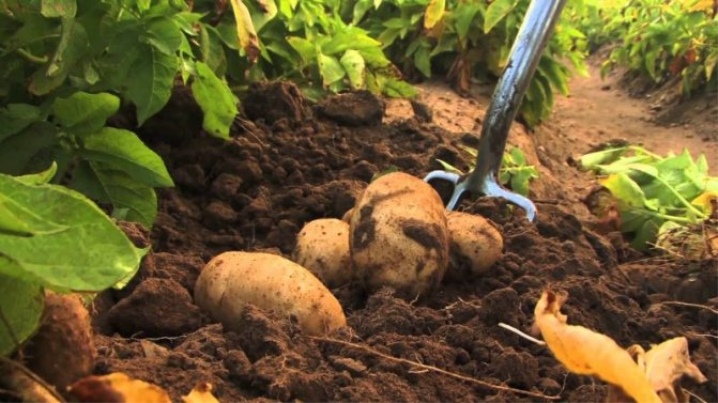
When to feed?
How intensively potatoes will consume nutrients from the soil depends mainly on from the stage of plant development, as well as from the influence of weather conditions and soil characteristics... And in order to maintain the fertility of the soil, it is necessary to properly feed it during especially important stages of the vegetation of plants.

When landing
In the process of planting seed material in the hole, top dressing is required to be applied in the maximum possible amount. The instructions for using many fertilizers say that with this approach, the plant only needs one feeding for the entire growing season. Concentrated formulations make a little, they are poured directly into the hole or pre-mixed with the soil substrate. For top dressing with a supplement, preparations with a long-term effect are used.
They must include potassium, phosphorus and nitrogen, as well as trace elements.
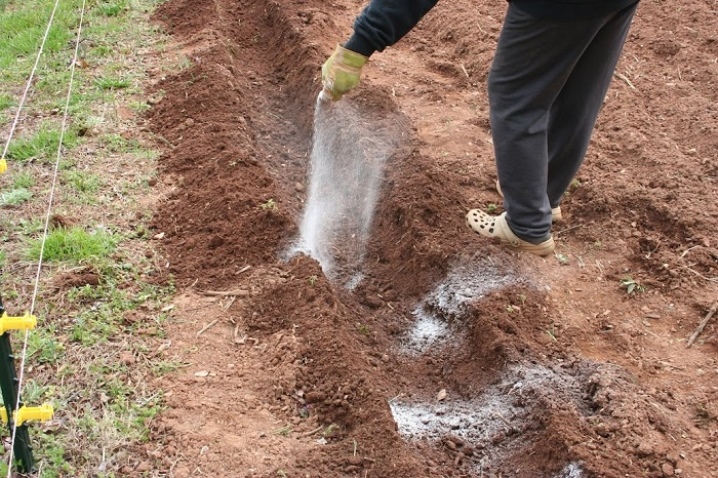
If you do not want to use a complex fertilizer, then it can be replaced natural organic matter, having prepared the working staff yourself. Organic fertilizers too have a prolonged action, since all the substances that make up their composition have a balanced and interconnected state. When organic components decompose, they turn into simpler substances that are well absorbed by plants.
When applying chicken droppings it must be diluted with water in the ratio indicated above and use no more than 1 liter per bush. Wood ash also mixed with water and watered plantings.
Cow or horse manure before planting planting material is introduced into the soil at the rate of 10 kg per 1 sq. m of soil.

In the spring
Fertilizing potato seedlings during the first hilling, you need try not to overfeed them with nitrogen components... Otherwise, you will get green mass growth and lagging tubers with poor flavor quality and not suitable for storage. An excess of nitrogen forces the plant to gain green mass, and it already lacks the strength to form tubers. During this period, it is important to ensure that potatoes had enough potassium and phosphorus. For such a top dressing, you need to take 20 g of potassium sulfate and 50 g of ash, mix, and then dilute in 10 liters of water. Pour 500 ml of potatoes under each bush.
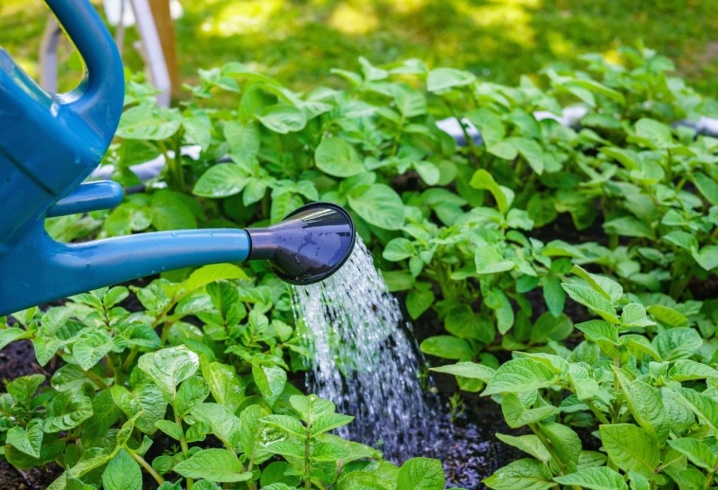
Summer
During flowering in the summer, top dressing and hilling of the bushes are again carried out. Take 30 g of superphosphate and a solution of cow dung with water in a ratio of 1:10. Pour 500 ml of the resulting composition under each plant. In potatoes, during the flowering period, tubers grow in parallel, so you need to feed the plant in time to enhance this process.
Nitrogen fertilizers are not used at this time, as they will inhibit the formation of tubers.
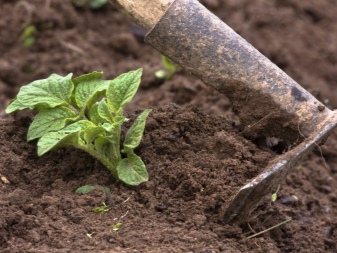
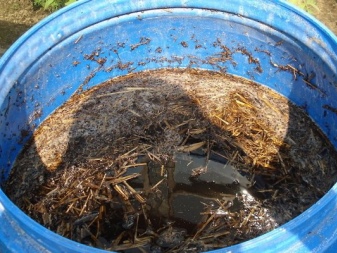
In autumn
After harvesting potatoes the field is fertilized before winter. Fertilizers in the form of organic additives can be applied to the soil and dug over. Or you can act differently - sow green manure into a potato field... For example, legumes, mustard or oilseed radish from the Cruciferous family. The roots of these plants structure the soil, and their above-ground part during the winter period will adhere and rot, saturating the soil with nitrogen and other useful components.
This method of feeding is the most natural, due to which the yield of potatoes will be high.
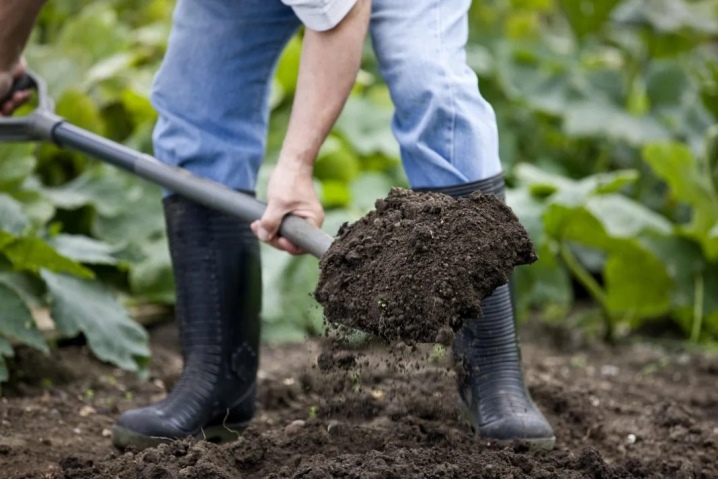
Methods and rules for making dressings
The system of applying fertilizers implies their introduction into the soil in several ways: in the form of top dressing and by the pre-sowing method. Top dressing is introduced to plants during soil processing (for example, digging, hilling). In addition, top dressing is subdivided by the type of its introduction: basal, by irrigation, foliar (spraying).
If fertilizer is applied to the soil immediately at the time of planting potatoes, this method is pre-sowing.
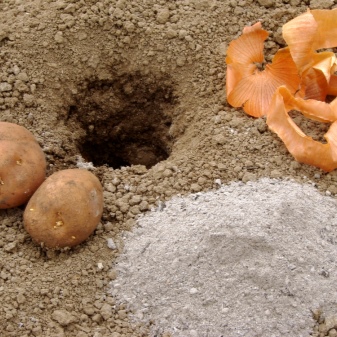

Top dressing can be applied in spring and autumn, and in poor soils, it is additionally produced in summer. Organic introduced into the soil in the fall, and mineral fertilizers can be applied in different seasons. but nitrophosphate fertilizing Recommended for use in autumn, when preparing potato fields for the winter period. Ammofosku best applied in the spring as a liquid solution. Both products can be used for root and foliar application.
Fertilizers are applied only in sunny weather, since photosynthesis will facilitate their assimilation. Foliar dressing is performed in the evening so that the leaves do not get sunburn.
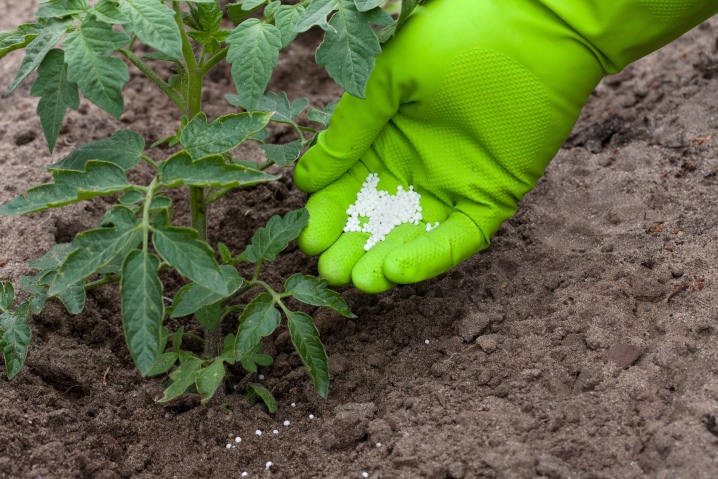
Expert advice
To feed potatoes, you need to pick up such fertilizers that contain all the necessary components. Complex tools meet these requirements. Most of all, potatoes "love" the following types of fertilizers.
- Ammofoska - a product containing potassium, phosphorus and nitrogen. The tool increases the yield and allows you to store the grown potatoes for a long time.
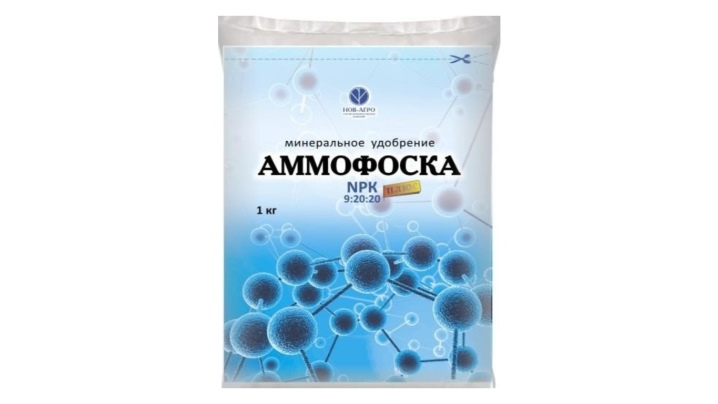
- Nitroammophoska or nitrophoska - complex products containing potassium and ammonium nitrate, superphosphate, calcium chloride and other components. Fertilizers not only feed, but also protect against diseases.
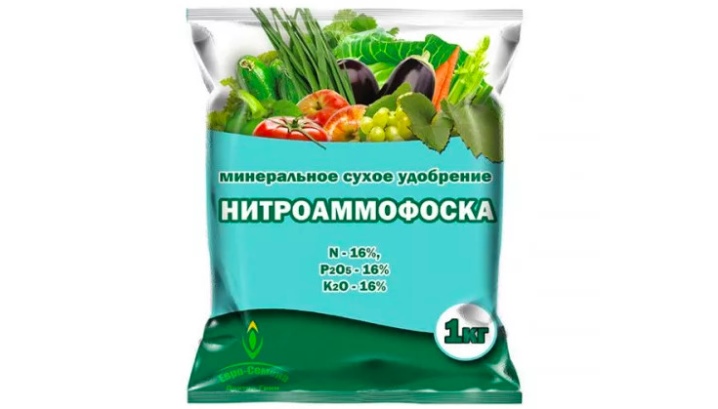
Often, as organic products can be used sawdust - they are rich in nutrients, thanks to which the soil absorbs water better, so the potatoes are protected from a lack of moisture.
For an overview of the best means for feeding potatoes, according to gardeners, see the video below.













The comment was sent successfully.